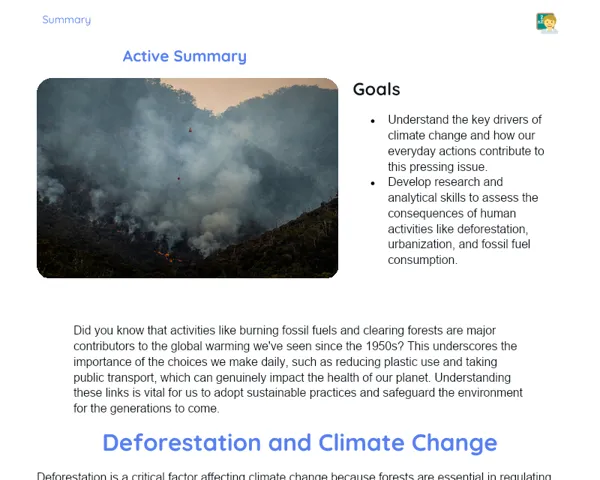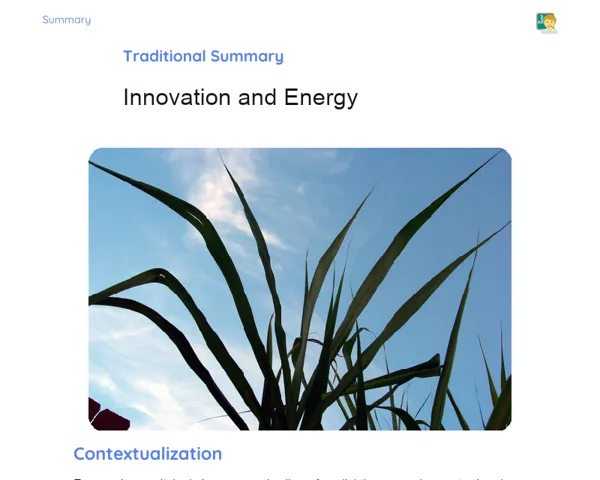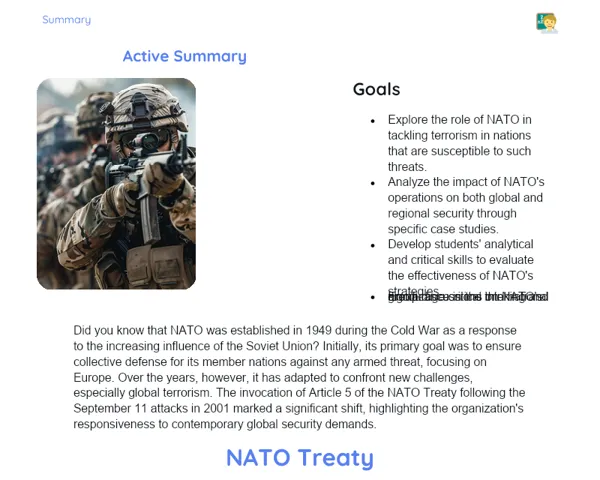Objectives
1. 🎯 Understand how the world was split into two competing blocs, focusing on the key features and repercussions of the Cold War.
2. 🎯 Analyze the geopolitical shifts and global partnerships that emerged after the Soviet Union's disintegration and the Cold War's conclusion, identifying new players and changes in international relations.
Contextualization
Did you know that the Cold War was not just about military standoffs, but also a fierce 'race' towards achieving tech and scientific supremacy? This fierce competition led to the iconic space race, where India’s superpower rivals, the Soviet Union and the United States, raced to achieve milestones, such as launching the first artificial satellite (Sputnik) and landing the first man on the Moon (Apollo 11), flaunting these accomplishments as symbols of strength and global prestige. These significant events not only shaped space exploration history but also reflected the cutthroat rivalry and propaganda tactics that defined the Cold War era.
Important Topics
Ideological and Economic Blocs
During the Cold War, the world was primarily divided into two ideological camps led by the United States and the Soviet Union. These blocs encompassed nations that embraced capitalism (under the US) and socialism (under the Soviet Union). This partition was not just political but also economic, cultural, and military, shaping global alliances and conflicts.
-
The US spearheaded NATO's establishment in 1949, while the Soviet Union formed the Warsaw Pact in 1955, underlining military tensions.
-
The Cuban Missile Crisis in 1962 stood out as one of the tensest moments, showcasing the potential for massive destruction by both sides.
-
This division has left a lasting impact on both national and international policies, as well as on culture and education, creating an environment where both sides vied for dominance without direct warfare, yet with intense rivalries.
Space Race
The Space Race was among the most apparent facets of the US-Soviet rivalry during the Cold War. It ignited in 1957 when the Soviet Union launched Sputnik 1, and it went beyond technological milestones, serving as a showcase of ideological and military clout.
-
The launch of Sputnik 1 marked the onset of the Space Race and instigated the US to strive to reclaim leadership through the Apollo program.
-
This race spurred notable advancements in technology, including computing, materials science, and telecommunications.
-
Beyond the technological lens, it was a contest of soft power, aimed at persuading the world of the superiority of each bloc's political and economic frameworks.
Post-Cold War Challenges
The dissolution of the Soviet Union in 1991 not only marked the end of the Cold War but also ushered in a slew of challenges globally. The fragmentation of the Soviet Union and the rise of new independent states reshaped the geopolitical landscape, spawning new power dynamics and challenges to international stability.
-
The conclusion of the Cold War didn’t signal the end of conflicts; rather, it heralded new forms of instability, including ethnic and religious strife in the former Soviet republics.
-
Transitioning from planned economies to market systems posed significant hurdles for many post-Soviet nations, resulting in increased poverty and inequality.
-
The fading clout of superpowers led to a more multipolar world, with emerging regional giants like China and India carving a crucial role in the global arena.
Key Terms
-
Cold War: A geopolitical standoff that arose after World War II between the United States and the Soviet Union, marked by political, economic, and military tensions, albeit without direct armed confrontation.
-
Space Race: A fierce competition between the US and the Soviet Union to attain key milestones in space as a means of demonstrating technological and ideological dominance.
-
NATO (North Atlantic Treaty Organization): A military coalition formed in 1949, led by the US, aimed at the collective defense of member nations against the Soviet Union and its allies.
-
Warsaw Pact: A military alliance formed in 1955, spearheaded by the Soviet Union, responding to NATO’s creation and including nations from the socialist bloc.
For Reflection
-
How did the arms race during the Cold War affect the socio-economic fabric of the nations involved?
-
In what ways has the Cold War shaped present-day international relations and the global geopolitical environment?
-
What similarities can be drawn between the challenges faced by countries post-Cold War and the ongoing global instability today?
Important Conclusions
-
We delved into how the global landscape was dichotomized during the Cold War, led by the US and the Soviet Union, and how this bifurcation significantly impacted politics, the economy, culture, and international relations.
-
We discussed the Space Race as a prime example of how the ideological clashes between superpowers played out in technological achievements and displays of power, alongside the post-Cold War challenges like the transition from planned to market economies and the rise of new global players.
-
This exploration not only enhances our understanding of historical contexts but also equips us to better navigate contemporary geopolitical issues and underscores the relevance of diplomacy and balance of power in today's world.
To Exercise Knowledge
- Craft a fictional diary entry from the perspective of a political leader during the Cold War. Outline key decisions, ethical dilemmas, and negotiation strategies.
- Create a conceptual map that connects significant Cold War events to their present-day ramifications, such as regional disputes and international alliances.
- Research the Cold War’s influence on scientific advancement, focusing on innovations from that period and their lasting impact today.
Challenge
Simulate a roundtable discussion with your peers, each representing a pivotal country from the Cold War era. Debate how the events of that time influenced each nation’s development and what alternative choices might have led to different outcomes.
Study Tips
-
Utilize online interactive maps to examine how blocs formed during the Cold War and how these geopolitical shifts affected different world regions.
-
Watch documentaries or films that focus on the Cold War for a vivid understanding of the events and tensions of that era.
-
Join online discussion forums or study groups to share insights and perspectives with fellow students regarding the Cold War and its continuing significance.



